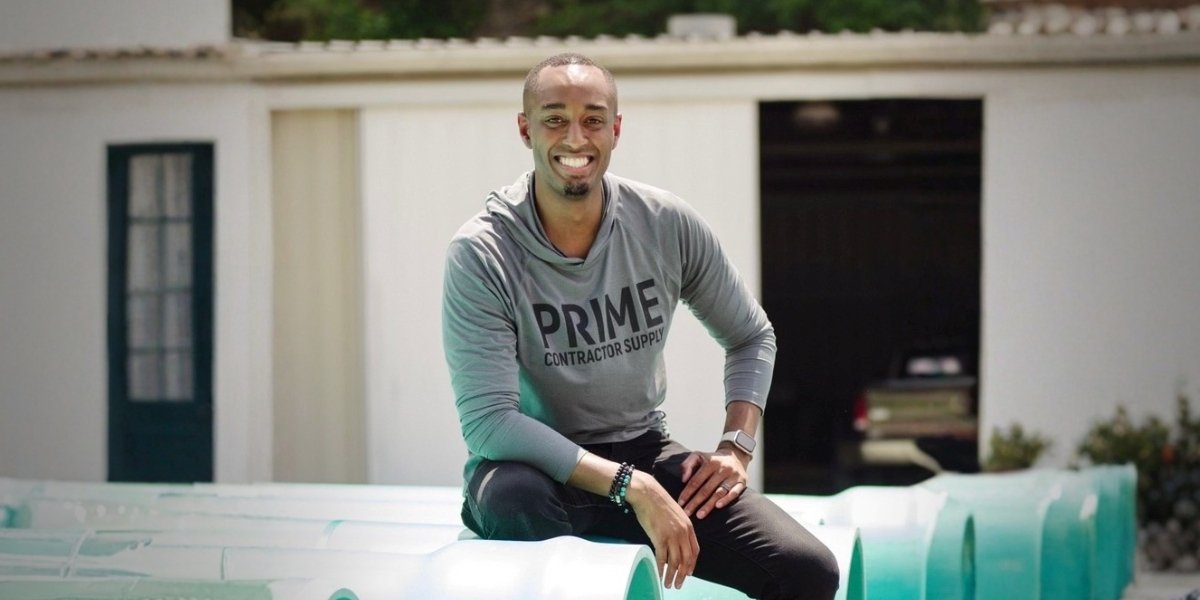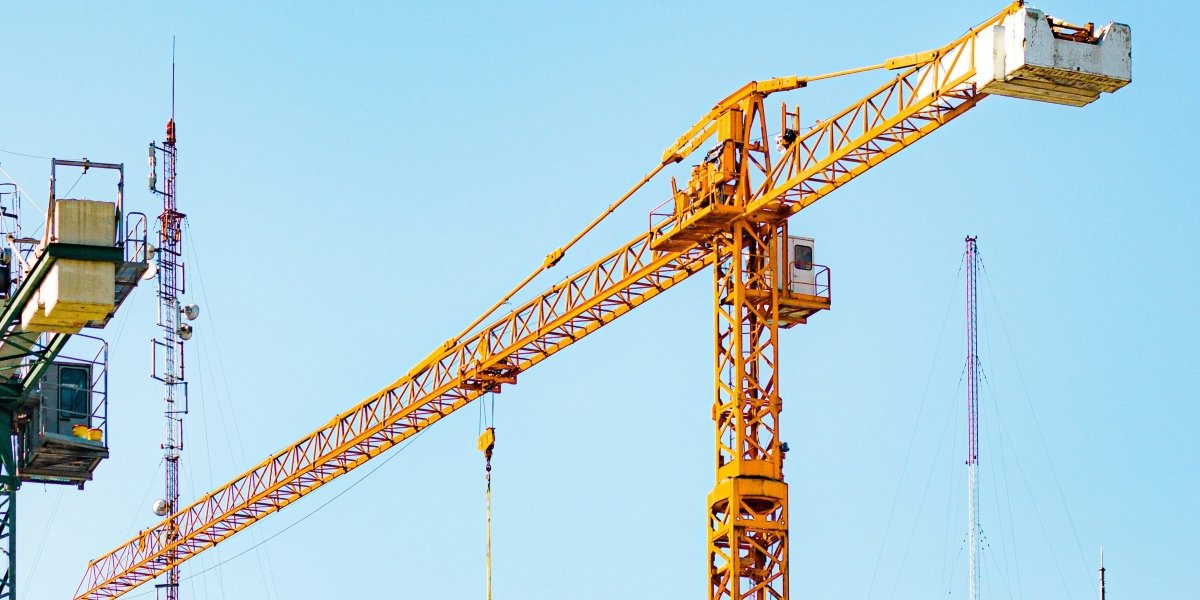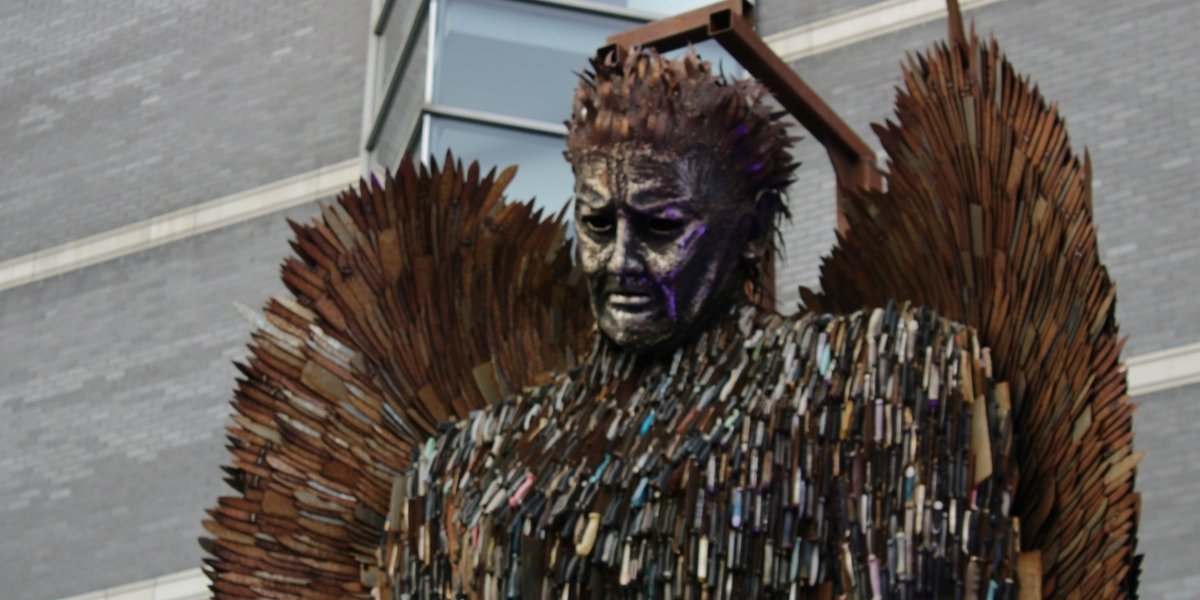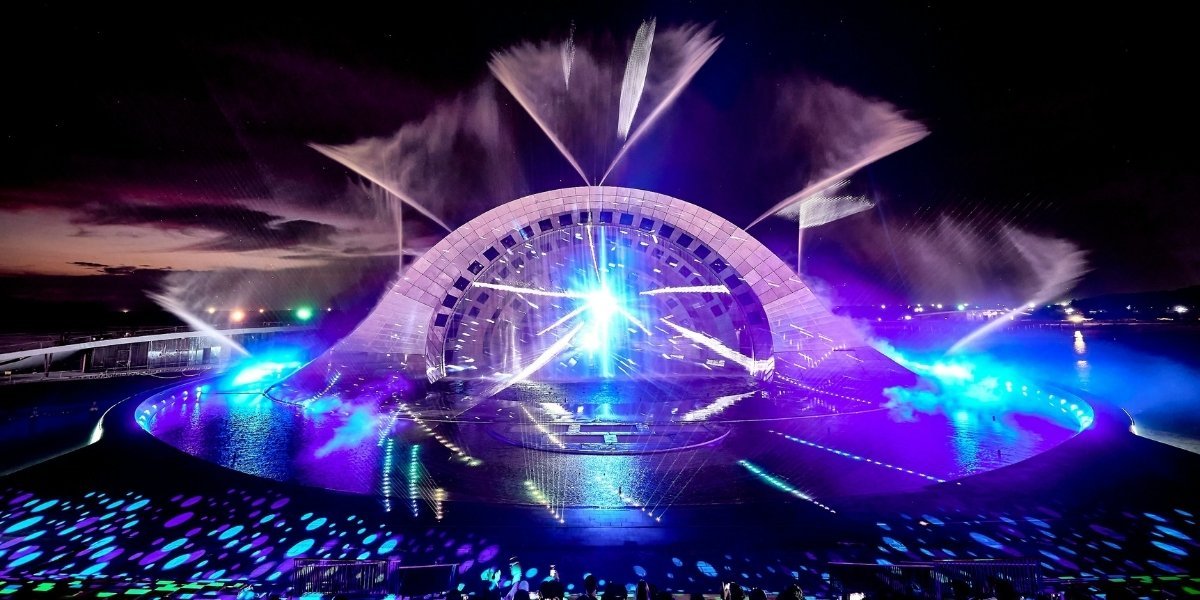In his latest solo exhibition, Form in Absence, now on view at Gallery AP Space in New York at 555 West 25th St, Korean sculptor Lee Yong Deok invites audiences into a quiet yet radical encounter with perception itself until November 17, 2025. His work doesn’t just occupy space, it transforms it, dissolving the familiar boundaries between sculpture, viewer, and the fleeting passage of time.
Lee’s practice, rooted in decades of exploration and philosophical inquiry, centers on what he calls Inverted Sculpture. Rather than projecting outward like traditional reliefs, his forms are carved inward, creating an optical inversion that destabilizes the viewer’s sense of depth. What appears convex at one angle suddenly caves inward as one moves around it; shadows slip, highlights invert, and the object seems to breathe in response to your gaze. This elusive movement becomes the pulse of Lee’s work, a rhythm where absence asserts presence, and stillness vibrates with life.
Born in Seoul in 1959, Lee Yong Deok belongs to a generation of Korean artists who redefined the country’s modernist trajectory. After earning his degree at Seoul National University, Lee continued his studies in Berlin as a Meisterschüler, where he encountered European conceptualism and phenomenology, intellectual traditions that would deeply inform his art. His rise came in the late 1980s with the Present-Image exhibitions (1986–1991), a series of groundbreaking showcases that challenged the dominance of political art and abstract expression in Korea. Lee’s contribution was singular: a vision that treated perception as the true subject of sculpture.

Photo Courtesy: Gallery AP Space (Lee Yong-deok, ‘ looking on 051684’)
To stand before a Lee Yong Deok work is to become aware of one’s own seeing. The mind grasps for solidity, for certainty, but the sculpture resists. The eye adjusts, the body leans, and what was once figure becomes void. It’s an experience of unlearning vision, a humbling reminder that sight is not truth, but translation.
Time, in this sense, is not merely an external condition but a medium within the work. Lee’s sculptures unfold through time, through motion, and the slow act of attention. The exhibition’s title, Form in Absence, captures this temporal quality: each form emerges only to disappear again, its contours fading as one moves. The works ask the viewer to slow down, to linger, to witness the delicate interplay between presence and disappearance. In doing so, Lee transforms sculpture from object into experience.
At Gallery AP Space, the installation heightens this sensitivity. The pieces, executed in materials such as bronze, resin, and plaster, are arranged with generous spacing, allowing light and shadow to shape their shifting realities. The gallery’s quiet, minimalist atmosphere amplifies the tension between solidity and void. Seen together, the works form not a static exhibition but a choreography of perception, a living dialogue between the viewer and the seen.

Photo Courtesy: Gallery AP Space (Lee Yong-deok, ‘laugh 055582’)
In an era defined by digital images and instant consumption, Lee’s art restores the physical and the contemplative. His work demands that we move, that we see from many angles, and that we accept the instability of meaning. It’s a kind of resistance, against the flattening of experience, against the illusion of certainty. Through inversion and reflection, he gives tangible form to what is usually intangible: time, memory, consciousness.
Form in Absence ultimately reveals that sculpture, at its core, is not about monumentality but awareness. It is not fixed but fluid, as alive as the gaze that meets it. In Lee Yong Deok’s world, the act of seeing becomes a form of participation, and every absence contains the seed of return. His work doesn’t ask to be understood so much as felt, the subtle vertigo between what is there and what has already slipped away.
















